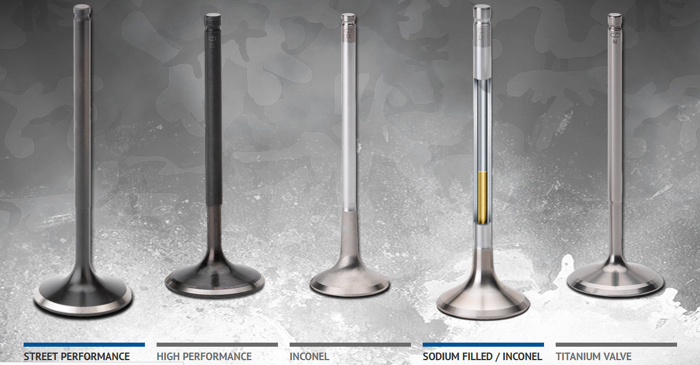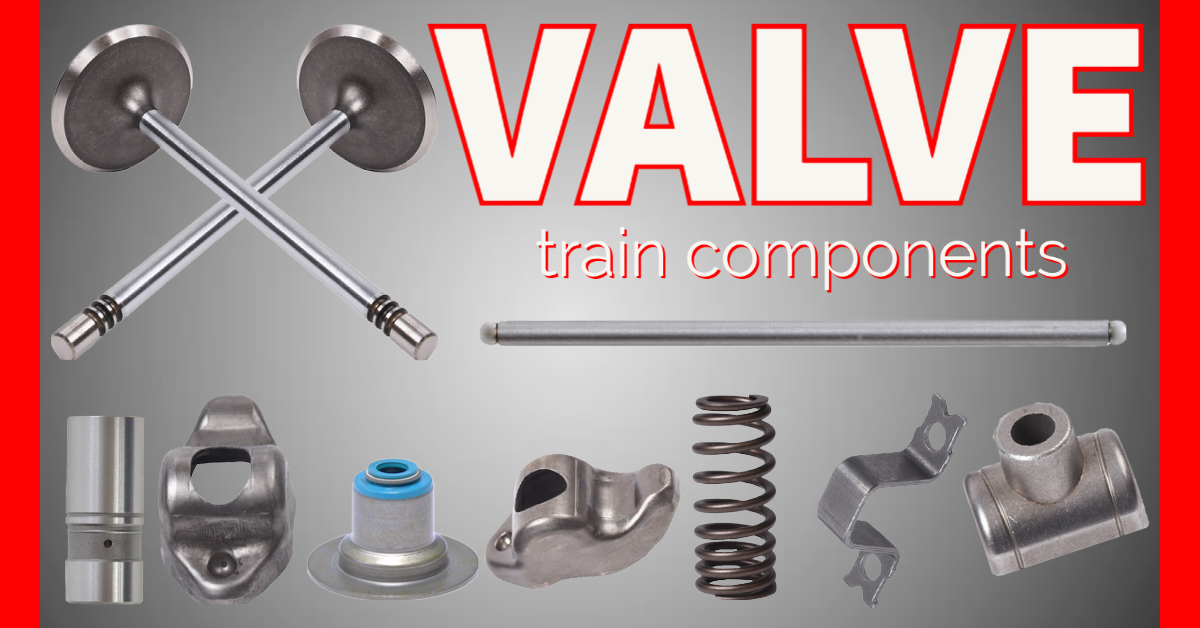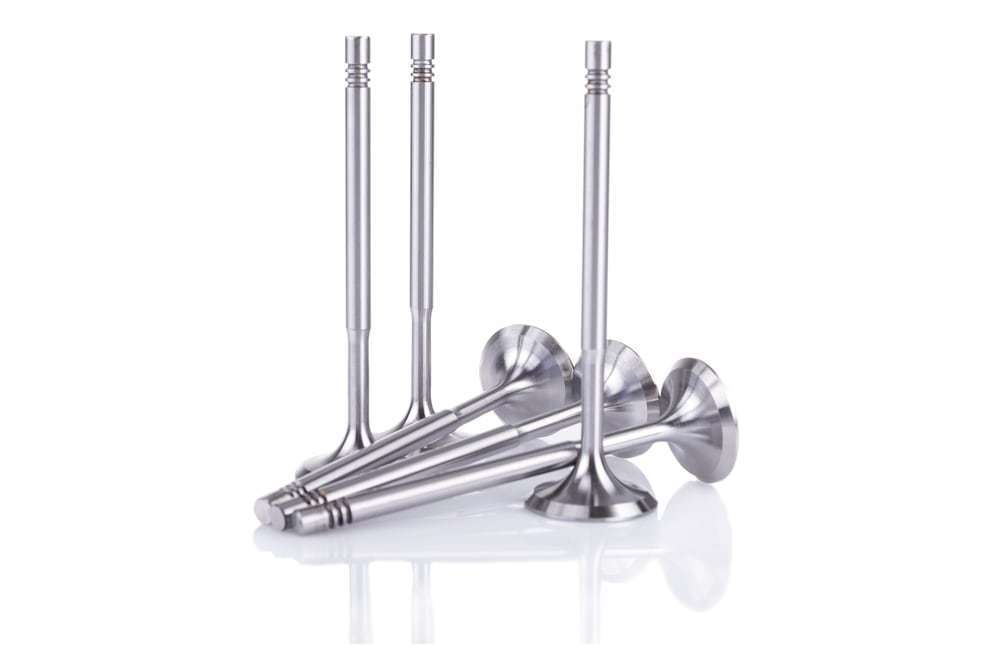Alright, so today I’m gonna ramble about my experience messing around with engine valves. Nothing too fancy, just some hands-on stuff I figured I’d share. Buckle up!

It all started when my buddy’s old beater started making some ungodly noises. We’re talking a symphony of clattering and ticking that could wake the dead. Naturally, being the “mechanic” of the group (and I use that term loosely), I got volunteered to take a look.
First things first, I popped the hood and listened. Sounded like it was coming from the top end, which immediately made me think valves. I grabbed my stethoscope (okay, it was a long screwdriver pressed against my ear, don’t judge) and poked around. Yep, definitely valve train noise.
So, I pulled the valve cover. Messy job, oil everywhere, as always. But what I saw wasn’t pretty. One of the valves was clearly sticking, not moving as smoothly as the others. Plus, there was a bunch of gunk and build-up around the valve stem.
Now, I’m no expert, but I figured a good cleaning was in order. I carefully removed the valve (after compressing the spring, of course – safety first!), and man, it was caked in carbon. I spent a good hour with some carb cleaner and a wire brush, scrubbing away all the crud. It was seriously therapeutic, in a weird, greasy kind of way.
With the valve cleaned up and looking somewhat respectable, I inspected the valve seat. It looked okay, but I decided to lap the valve anyway, just to be sure it was sealing properly. Lapping is pretty straightforward – you put some lapping compound on the valve face, stick it in the valve seat, and then twirl it back and forth with a lapping tool. It’s like sanding metal together, but on a tiny scale.

After lapping, I cleaned everything again to get rid of any leftover compound. Then, I reinstalled the valve, making sure the spring and retainer were seated correctly. Gave it a few taps with a rubber mallet just to be sure everything was snug.
Next up, valve adjustment. This is crucial. Too tight, and the valve won’t close properly, leading to burnt valves and compression loss. Too loose, and you’ll get that annoying ticking noise again. I grabbed my feeler gauges and adjusted the valve clearance according to the service manual. It’s a bit fiddly, but you get the hang of it after a while.
Finally, I reinstalled the valve cover (with a new gasket, because why not?) and fired up the engine. And… success! The clattering was gone! The engine still sounded like an old tractor, but at least it wasn’t trying to self-destruct anymore.
Lessons Learned:
- Engine valves are surprisingly resilient.
- Carb cleaner is your friend.
- Valve adjustment is important, people!
Overall, it was a pretty satisfying experience. I saved my buddy some money, and I got to get my hands dirty. Plus, I learned a little more about how engines work. Not bad for a weekend project.

Would I do it again? Sure, if I had to. But next time, I might invest in a proper valve spring compressor. That makeshift tool I was using was a pain in the butt!
